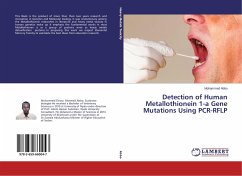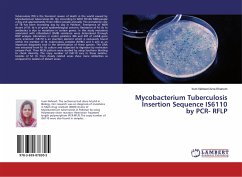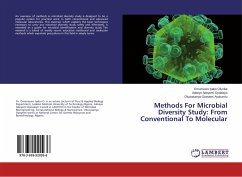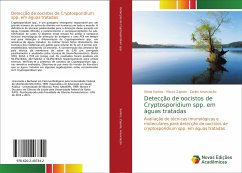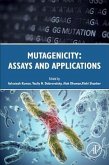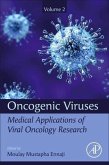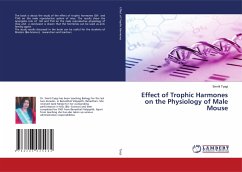Banana (genus Musa) is an important economic and food crop. Banana plants are attacked by many bacterial, fungal and viral pathogens. One of the most important viral pathogens of banana is the Banana bunchy top virus (BBTV), which causes the banana bunchy top disease (BBTD). In India banana industry has faced the problem of BBTV since late 1980s, when a severe epidemic caused drastic economical loses. The genome of BBTV comprises at least six integral components of circular single stranded DNA (cssDNA) molecules, each about 1 Kb in size. BBTV belongs to genus Babuvirusin Nanoviridae, one of the three cssDNA virus families. It is transmitted by black banana aphid Pentalonia nigronervosa Coq. The information's on BBTV in Kerala is limited. It is highly essential to isolate and characterize the virus infecting the banana crops in Kerala. To characterize the BBTV from Kerala, DNA-R of an isolate from various districts in Kerala was amplified with PCR, cloned and sequenced. The analysis of the genomic components of DNA-R revealed sub-groups of BBTV in Kerala. On the basis of DNA-R, the isolates from Kerala belongs to South-Pacific sub-group.


